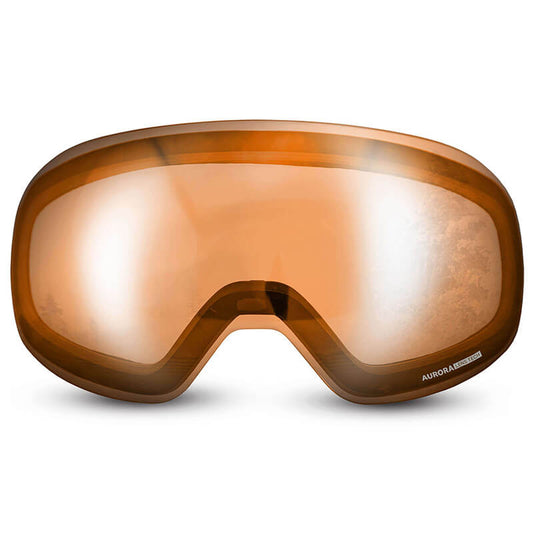The 3 Benefits of Open Ear Headphones
By: Mark ThomasOpen ear headphones, including those based on bone conduction technology, are exploding in popularity for their unique blend of audio enjoyment and environmental awareness. We think this is particularly relevant in the Outdoor industry where staying connected to your surroundings is super important.
What are Open Ear Headphones?
Open ear headphones allow users to listen to audio content while being aware of their surroundings. Unlike traditional headphones, they don't block or cover the ear canal, making them ideal for outdoor activities like hiking or cycling, where situational awareness is critical. Open ear headphones come in two types: those based on bone conduction and those based on air conduction.
Benefits of Open Ear Headphones
- Safety and Awareness: By not obstructing the ear canal, these headphones allow you to be aware of your surroundings, crucial for avoiding potential hazards in outdoor or busy environments.
- Comfort: Traditional headphones can sometimes cause discomfort over long periods. Open ear designs avoid issues like ear fatigue, sweat accumulation, or pressure in the ear canal. This is especially true for your longer outdoor adventures where you might use them for hours.
- Hygiene and Ear Health: Open ear designs, particularly bone conduction models, reduce the risk of trapping bacteria and causing infections compared to in-ear headphones.
How Do They Work?
- Bone Conduction Headphones: These rest on your cheekbones and use transducers to convert audio into vibrations. These vibrations are transmitted directly to the cochlea, bypassing the eardrum. This allows users to hear both their audio content and ambient sounds. Pretty cool, right?
- Air Conduction Headphones: Similar to conventional headphones, they transmit sound waves through the air but are designed to rest just above or in front of the ear canal, blending audio content with ambient sounds.
Specific Advantages of Bone Conduction Headphones
- Suitable for Hearing Impairments: Bone conduction headphones can be beneficial for individuals with certain types of hearing impairments, as they bypass the eardrums.
- Safe for Swimming: Some bone conduction headphones are waterproof, making them suitable for use while swimming.
- Compatibility with Hearing Aids: In some cases, bone conduction headphones can be used alongside hearing aids.
- Safety Compliance: They have undergone rigorous testing and comply with industry standards, making them safe for everyday use.
Drawbacks to Consider
- Sound Quality: Bone conduction headphones typically can't match the sound quality of regular headphones due to limitations in reproducing the full frequency range. However, the purpose of these headphones is to improve your spatial awareness while giving you sound that is "good enough" for the activity.
- Sound Leakage: At high volumes, these headphones can leak sound, which may compromise privacy.
- Uncomfortable Vibrations: Some people may find the vibrations produced by bone conduction headphones uncomfortable, especially at higher volumes.
In conclusion, open ear headphones, particularly those using bone conduction technology, offer an interesting alternative to traditional headphones. They balance music enjoyment with environmental awareness, making them an excellent choice for athletes, outdoor enthusiasts, or anyone looking for a unique audio solution. However, it's important to weigh their unique benefits against their limitations when deciding if this style is right for you. Learn more about our unique bone conduction headphones here.





